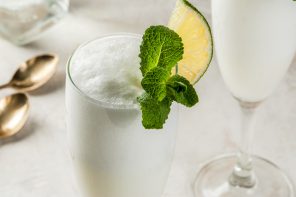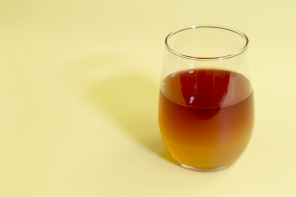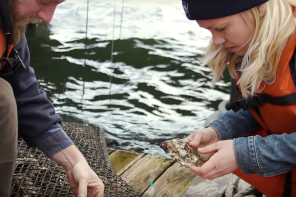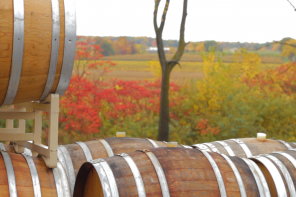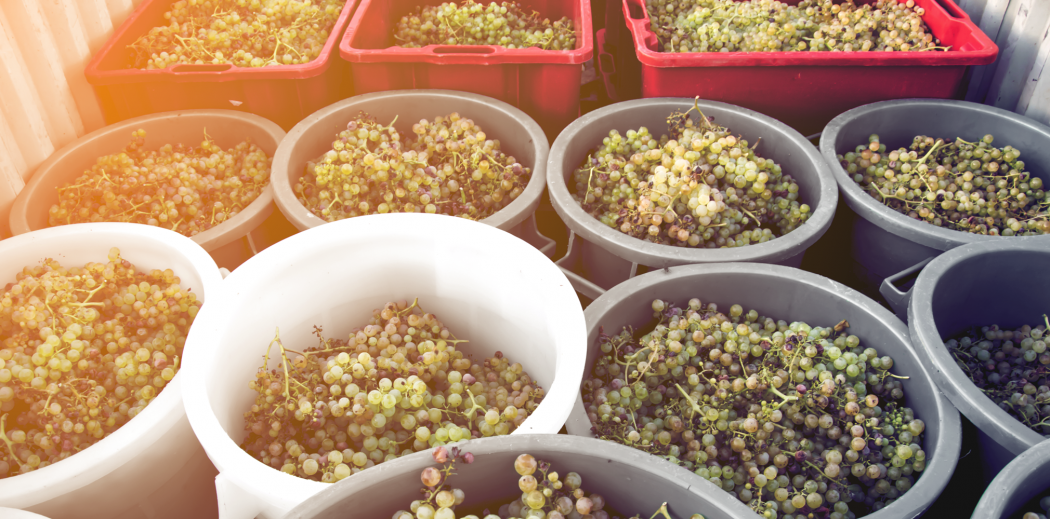While trends and buzzwords come and go, “organic” has shown that it’s here to stay. In 2015, sales of organic products in the US reached a record high of $43.3 billion, and are expected to keep rising to meet the growing consumer demand.
Winemaking is no exception from this increased demand. But the rules and regulations of producing a certified organic wine in the US are confusing at best. Try importing a certified organic wine to the US and you have a whole new set of hoops to jump through. As securing an organic certifcation has become a point of contention for many environmentally conscious winemakers, new labels like “natural” and “sustainable” have also begun to appear as alternatives to the strict “organic” label. While we’re all about innovation, these labels can make the already daunting process of picking out a wine seem even more impossible.
But fear not! We are here with your guide to all things organic and organic-like in the world of wine. Drink on, friends.
Certified Organic
For a wine to be certified organic in the US it must meet the requirements laid out by USDA National Organic Program as well as the Alcohol and Tobacco Tax and Trade Bureau (TTB). In a nutshell, there can be no artificial substances (like synthetic pesticides) or genetic engineering used on the grapes or in the winemaking process. The grapes and other agricultural ingredients used (like yeast) must be certified organic. Non-agricultural ingredients, as well as any exceptions to these rules, must adhere to the National List of Allowed and Prohibited Substances.
The biggy though: no sulfites can be added.
The EU (and Canada, because yes, they make wine there too) differ in this big way. They allow the addition of sulfites in certified organic wine within a certain limit.
Wines imported to the US must meet the labeling requirements of the US. For example, some wine from France doesn’t claim to be organic, so it doesn’t need to meet any requirements – yet some digging around would tell you that this wine is in fact organic, according to EU guidelines.
In the US, certified organic wines may have the USDA Organic seal, and if it does, you know that it met these tough requirements. If you’re looking for a certified organic wine while in Europe, look out for the EU’s organic leaf seal. Both seals need to be accompanied by a certifier code or name to be official.
Made with Organic Grapes
For a winemaker who follows organic practices but wants to add sulfites – a centuries old practice – this may be their chosen route. Basically, the grapes must be 100 percent organic (as above). All other ingredients are not required to be organic but must adhere to the National List. Sulfites may be added but must be less than 0.01 percent (100 parts per million) of the finished product. And you won’t find a USDA Organic seal on these bottles, even though the grapes are USDA organic certified.
The Shäfer, Dry Rosé is a German wine made with organic grapes, which it states on the bottle as it meets the US labeling requirements.
Just like with a certified organic wine, the label on the bottle also needs to state the certifier code or name.
Sulfite-Free
Whether sulfites (sulfur compounds) are organic or not is a debate we’ll leave for the scientists (sulfur is natural but some argue the form of sulfur dioxide added to wine is synthetic). The addition of sulfites is common practice – especially for white wines – to prevent oxidation and spoilage from bacteria. Even if winemakers don’t add sulfites, they already occur naturally in wine to some extent, but not enough to preserve the wine.
The FDA estimates that less than 1 percent of people will show a sensitivity to sulfites, and for everyone else, sulfites have not been shown to be a threat to health. Some wineries make sulfite-free wine, which most likely means they haven’t added any sulfites or form of sulfur during any part of the winemaking process – it doesn’t necessarily mean that they’ve removed the naturally occurring sulfites.
Biodynamic
Biodynamics takes organic farming even further. It is a holistic practice that focuses on the health of the soil based on the interconnectedness and energies of the universe with as little manipulation as possible…yes, you read that right. Basically this means two things. First, many of the basic rules and regulations for organic wines must also be followed for biodynamic wines. Second, the entire grape growing process, from planting to harvesting, follows a biodynamic calendar that corresponds to the lunar calendar. In addition to these two major rules, there are many more minute details, ranging from the fact that biodynamic wines may contain a small amount of sulfites to the process of stuffing a cow horn with a compost mixture and burying it in the vineyard. If these details sound of interest to you – do some more research! It is definitely a mind-bending process.
Natural Wine
This is a more recent term that is still a little mysterious because there are no “natural” certifications or regulations. Similar terms like “eco-friendly” and “sustainable” may appear on the wine label but there are no legal standards for these either, though there are a variety of organizations that lay out sustainable practices to follow.
If you don’t care so much about the certification and just want to know that the brand has good intentions in getting you a natural, environmentally conscious product, the best thing to do is to go to the brand’s website and read about their farming and winemaking practices. And even before you go to the website, take a look at the wine label. Some winemakers go to great lengths to produce a natural product – even if they don’t have the organic certification.


